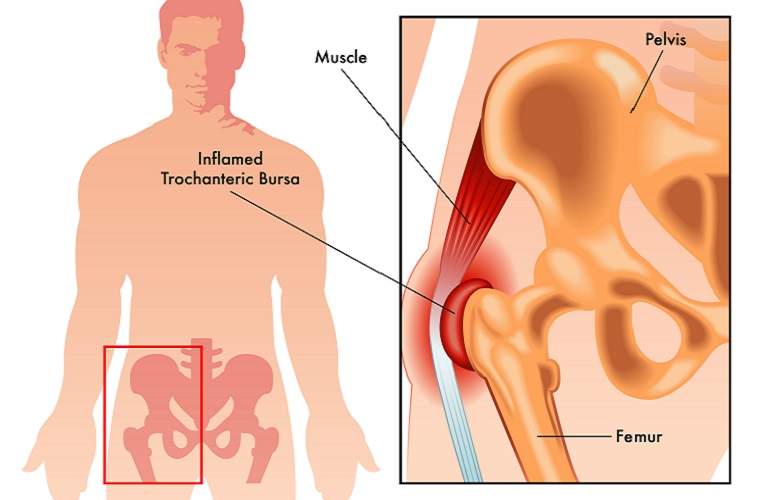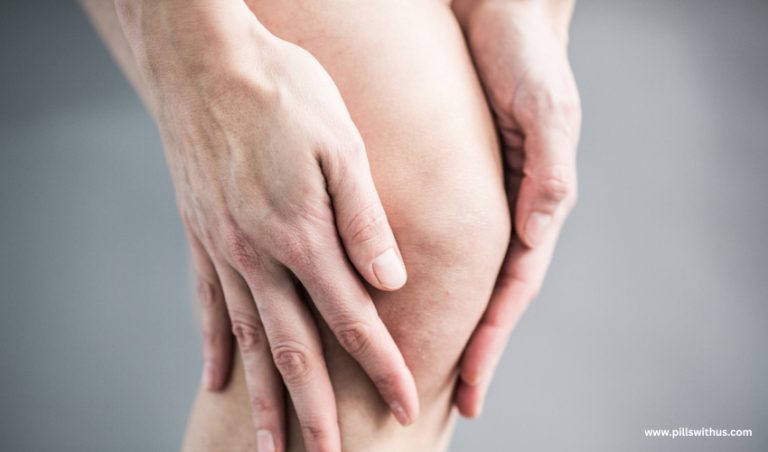Wise Workout Choices: Exercises to Avoid with Hip Bursitis
In this comprehensive guide, we’ll provide you with valuable insights on how to protect your hips and promote a smooth recovery by avoiding specific exercises when dealing with hip bursitis. Hip Bursitis Exercises to Avoid are crucial for your well-being and overall recovery. Our content is curated and reviewed by experts in the field, ensuring accuracy and credibility. Let’s explore modified workout tips that prioritize your well-being and help you maintain an active lifestyle while managing hip bursitis. It’s essential to be mindful of these exercises to ensure a safe and effective rehabilitation process. Keep in mind that always consulting with a healthcare professional before starting any exercise program is essential, especially if you have hip bursitis.
Understanding Hip Bursitis
Hip bursitis is a painful condition caused by inflammation of the bursae, small fluid-filled sacs that cushion the hip joint. While regular exercise is essential for overall health, some activities can strain the inflamed bursae and worsen the condition. Understanding the impact of exercises on hip bursitis is crucial to tailoring your workout routine for optimal results.
Hip Bursitis Exercises to Avoid
High-Impact Activities
High-impact exercises like running and jumping can significantly increase the stress on the hip joint, leading to the worsening of hip bursitis symptoms. Therefore, it is crucial to be cautious and choose exercises wisely. Opting for low-impact activities, such as swimming or stationary cycling, provides a safer alternative to maintain cardiovascular fitness without subjecting your hips to unnecessary strain. By making these informed exercise choices, you can effectively manage hip bursitis and support the healing process while still enjoying a fulfilling and active lifestyle. Remember to prioritize exercises that are gentle on your hips to promote a smoother recovery and overall well-being.
Deep Squats and Lunges
Deep squats and lunges can be problematic for individuals with hip bursitis, as they demand substantial hip flexion, potentially aggravating the already inflamed bursae. To protect your hips during exercise, it’s crucial to exercise caution and make mindful choices. Consider limiting the depth of your squats and lunges or opting for alternatives such as partial squats and supported lunges.
Partial squats involve performing the movement with a reduced range of motion, which can help decrease the strain on the hip joint. Supported lunges, on the other hand, involve using a stable surface or object to assist in maintaining balance and reducing the pressure on the affected hip.
Leg Presses
The leg press machine can exert substantial pressure on the hip joint, aggravating hip bursitis. Therefore, it’s essential to be cautious and mindful of Hip Bursitis Exercises to Avoid, such as the leg press. Instead, opt for exercises that target the hip muscles without causing unnecessary strain. Consider incorporating exercises like bridges or hip abductions with resistance bands into your workout routine. These alternatives can help you maintain strength and flexibility in your hip area while minimizing the risk of further discomfort or inflammation. Always prioritize exercises that are gentle on the hips and seek guidance from a healthcare professional or fitness expert to tailor your workout regimen according to your specific needs.
High-Knee Exercises
High-knee exercises can potentially worsen inflammation in individuals with hip bursitis due to the repeated hip flexion involved. To protect your hip health during workouts, it’s essential to make informed choices. Instead of high-knee exercises, consider incorporating exercises that focus on promoting hip strength and stability.
Side leg lifts are an excellent option as they target the hip abductor muscles, helping to stabilize the hip joint without causing excessive strain. Similarly, standing hip abductions also engage the hip abductors while standing, making them effective alternatives to high-knee exercises.
Modified Workout Tips for Hip Bursitis
Now that we’ve identified exercises to avoid, let’s explore modified workout tips that can support your hip bursitis recovery journey:
Consult a Healthcare Professional
Before embarking on any exercise routine, it is crucial to seek guidance from a healthcare professional or a certified physiotherapist. These experts possess the knowledge and expertise to assess your specific condition and provide personalized recommendations that align with your individual needs and limitations.
Warm-Up and Cool Down
Prioritize a thorough warm-up and cool-down routine to prepare your muscles and joints for exercise and reduce the risk of injury. Gentle stretches can enhance flexibility and promote blood flow to the affected area.
Focus on Low-Impact Activities
To protect your hips and manage hip bursitis effectively, consider engaging in activities that minimize impact. Low-impact exercises can provide a cardiovascular workout without putting undue strain on the inflamed bursae.
Swimming and water aerobics are excellent options as they offer a weightless environment, reducing pressure on the hip joint while still providing an effective workout. The buoyancy of the water helps support your body, making these exercises gentle on the hips.
Incorporate Strengthening Exercises
When managing hip bursitis, it’s essential to be mindful of certain exercises that can exacerbate the condition. Engaging in activities that minimize the impact on your hips can be highly beneficial. Low-impact exercises provide an excellent alternative, allowing you to maintain cardiovascular fitness without straining the inflamed bursae.
Frequently Asked Questions (FAQs)
Can I continue exercising with hip bursitis?
It’s crucial to consult a healthcare professional before continuing any exercise regimen with hip bursitis. They can offer personalized guidance based on the severity of your condition.
How long does it take to recover from hip bursitis?
Recovery times vary depending on the individual and the extent of the condition. With proper care and adherence to treatment plans, many individuals experience relief within a few weeks to several months.
Are there any hip bursitis-specific exercises I can do?
Yes, there are several modified exercises that can aid hip bursitis recovery. Always work with a healthcare professional or physiotherapist to tailor exercises to your condition.
Conclusion
When dealing with hip bursitis, being proactive in its management is vital for achieving a successful recovery. To protect your hips and facilitate a smooth healing journey, it is essential to be mindful of specific Hip Bursitis Exercises to Avoid. High-impact exercises can exacerbate the condition and lead to increased discomfort, so it’s best to steer clear of activities like running or jumping.






